
Imagine looking down at Earth from the Moon and seeing a giant white spot you mistake for ice. That’s exactly what happened to Neil Armstrong and Buzz Aldrin during their historic Moon landing in 1969. The culprit? None other than Salar De Uyuni, a mirror-like salt flat nestled in southwest Bolivia’s Altiplano.

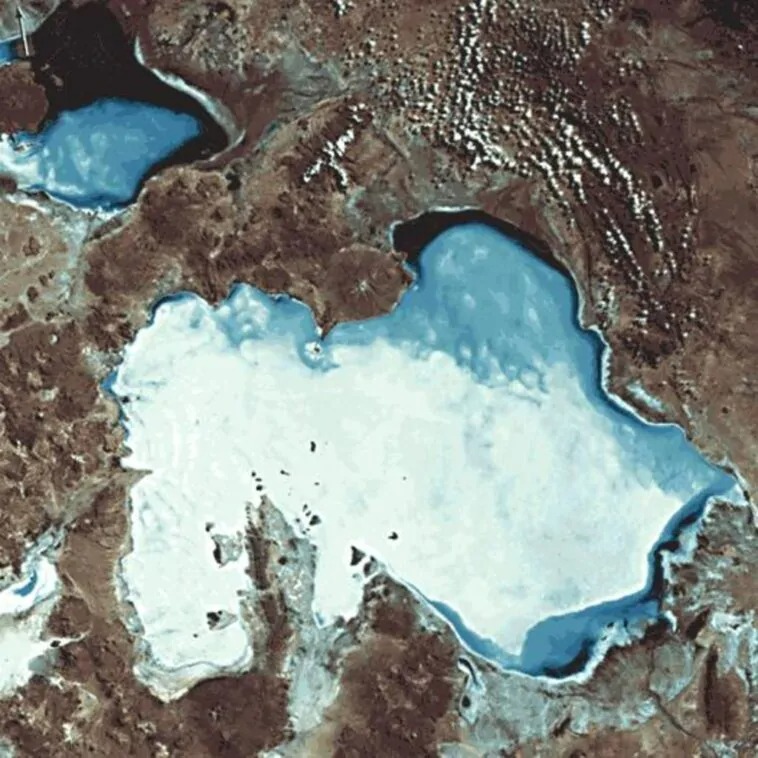
Spanning a whopping 10,582 square kilometers (4,086 sq mi), Salar De Uyuni holds the title of the world’s largest and highest-lying salt flat. It’s also one of the most surreal landscapes you’ll ever encounter. As far as the eye can see, an endless expanse of white stretches out before you. But come rainy season, this seemingly flat world transforms into a dazzling spectacle. The wet salt surface becomes a perfect mirror, reflecting the clouds above and creating the illusion that the sky has descended upon the earth.

While salt production happens in the area (around 25,000 tons annually), this pales in comparison to the estimated 64 billion tons resting beneath the surface. Extracting this amount barely makes a dent in the desert’s vast reserves. Frankly, it would be quite ironic not to mine salt in a place literally called a “salt desert.”

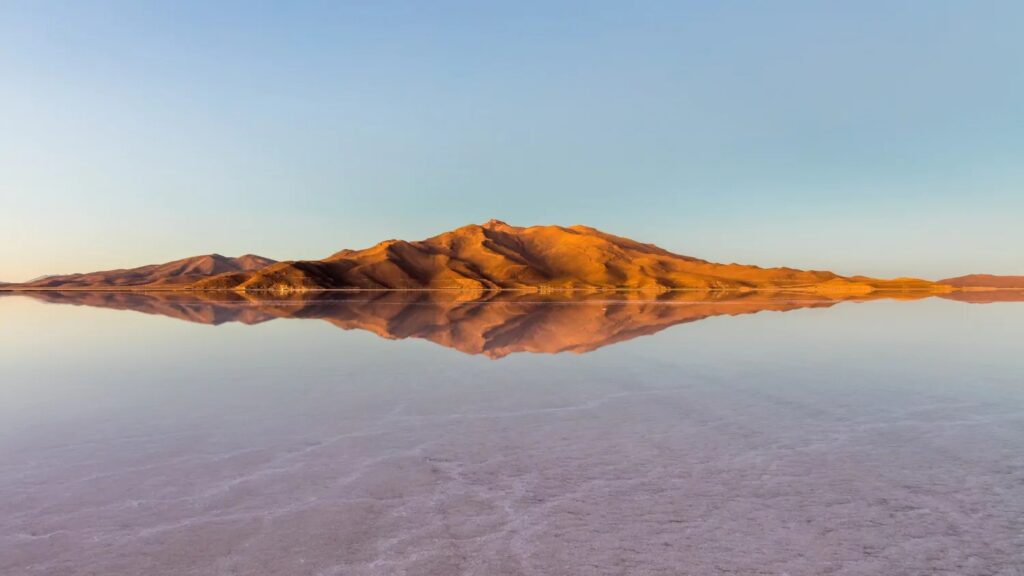

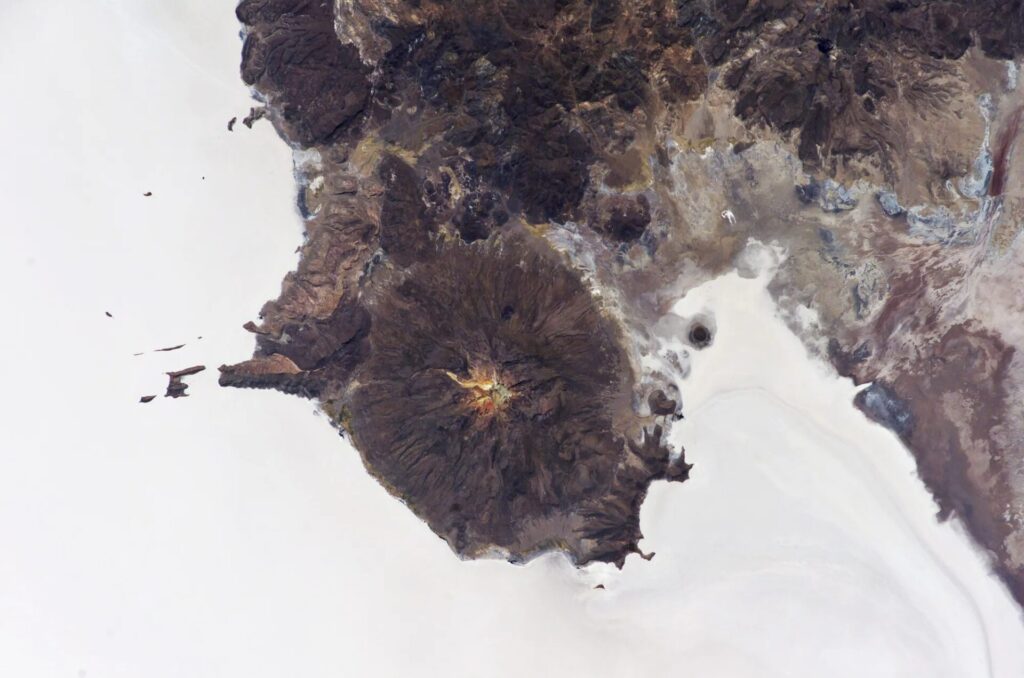
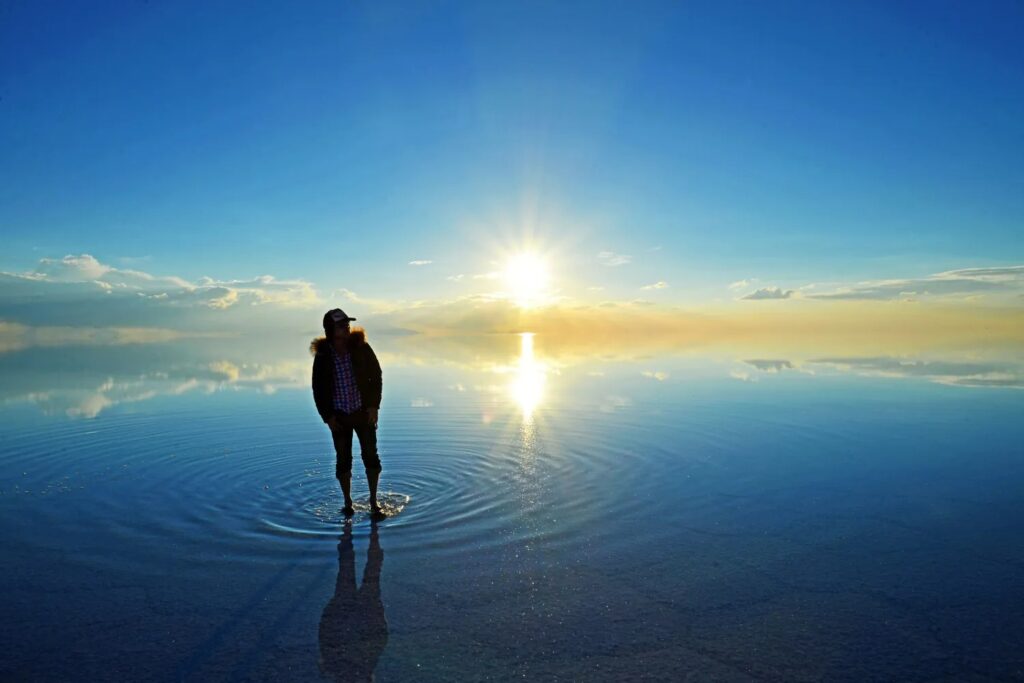
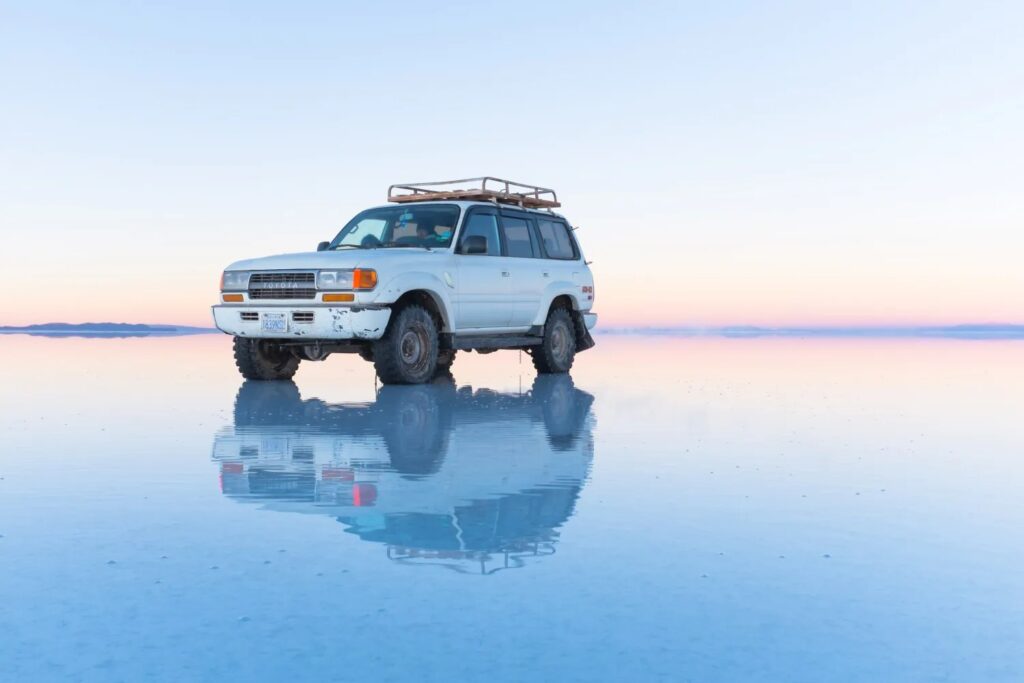

However, there’s another mineral garnering even more attention: lithium. According to Wikipedia, Salar De Uyuni boasts a staggering 9 million tonnes, accounting for a whopping 43% of the world’s total reserves. The future of this place seems intertwined with the electric car industry’s insatiable demand for lithium-ion batteries, currently the most efficient battery technology in terms of energy density.
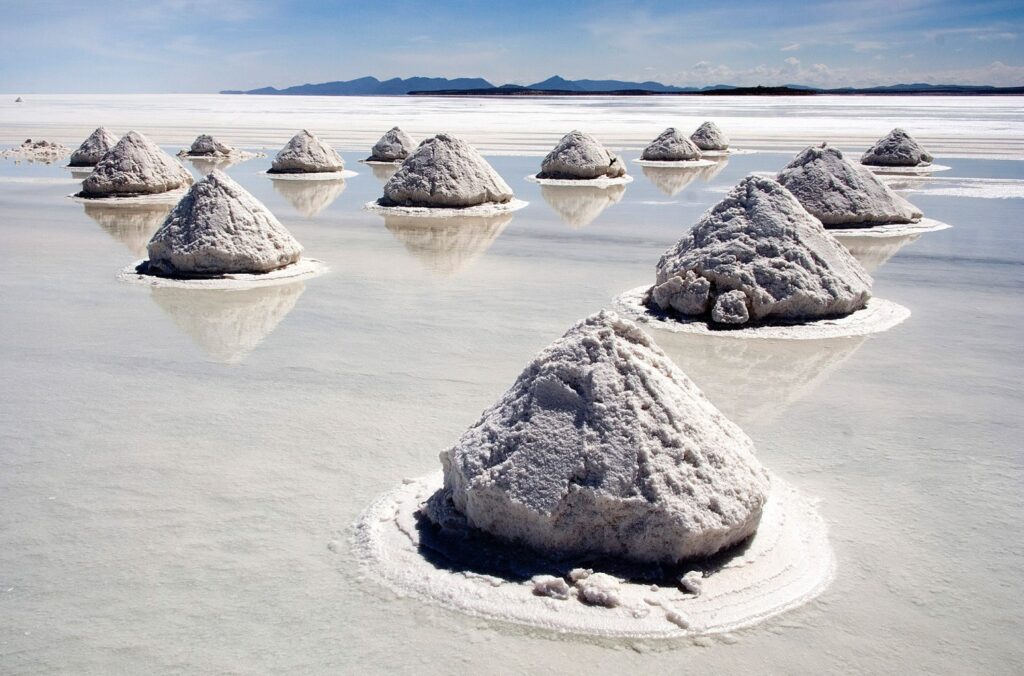

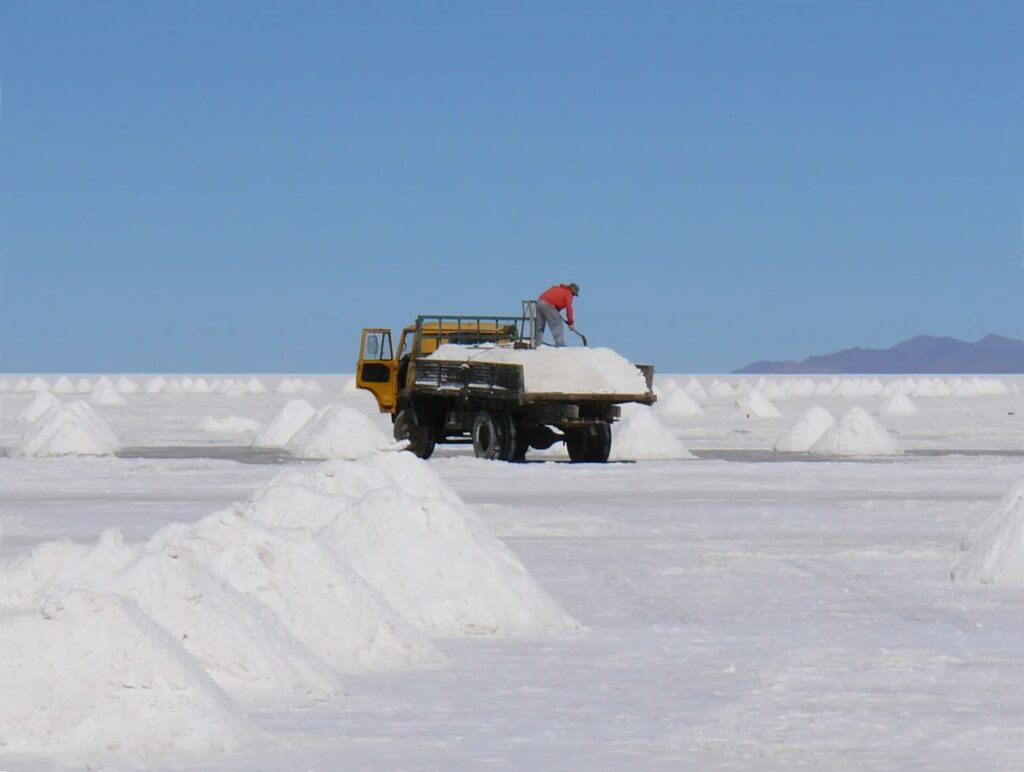
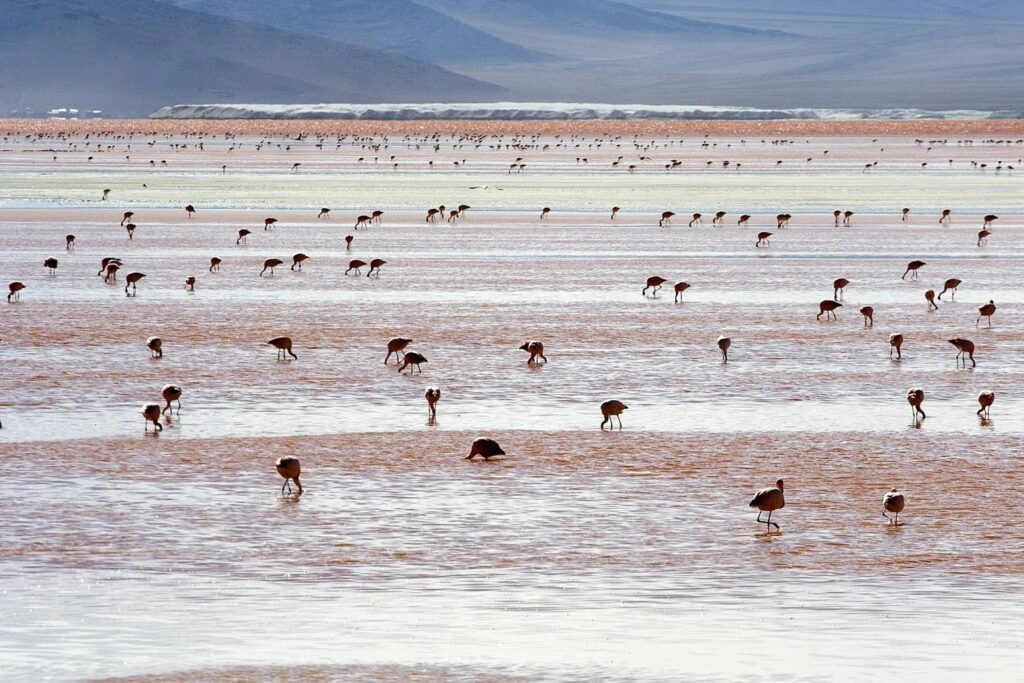

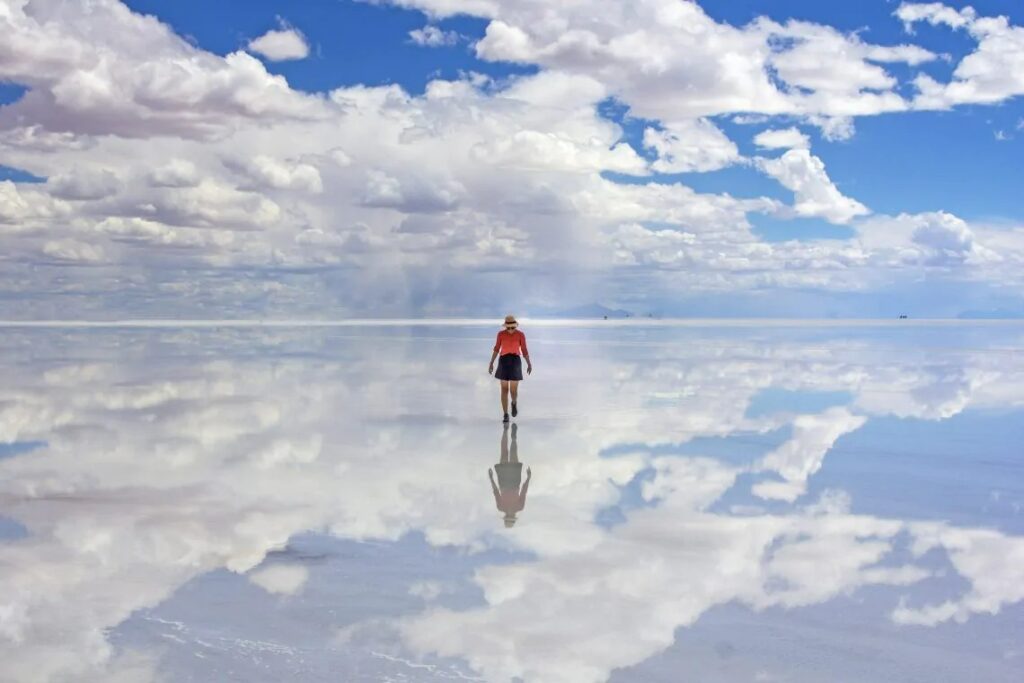
The image accompanying this article showcases the breathtaking beauty of the Uyuni salt flat at sunrise. Mountains and their reflections paint a mesmerizing scene, a testament to the unique wonders this Bolivian marvel holds.


Leave a Reply